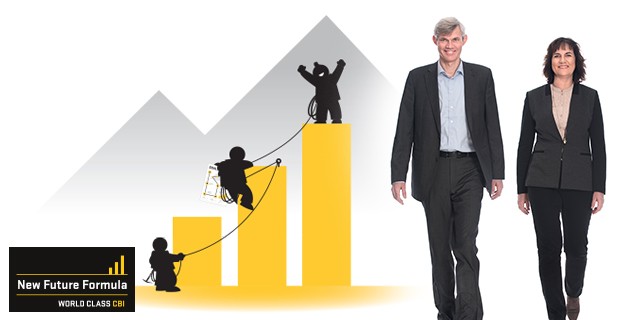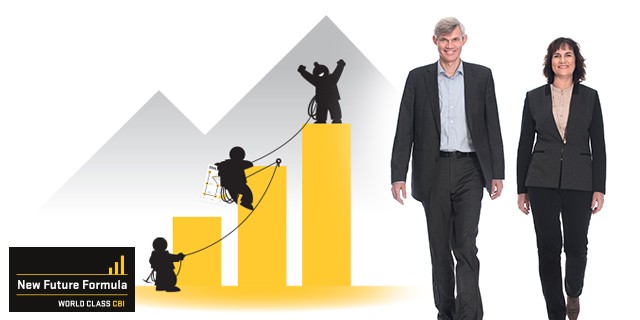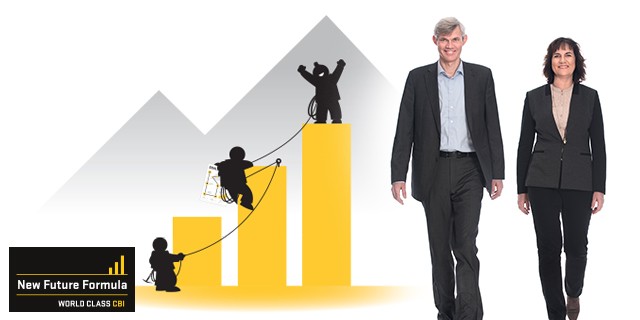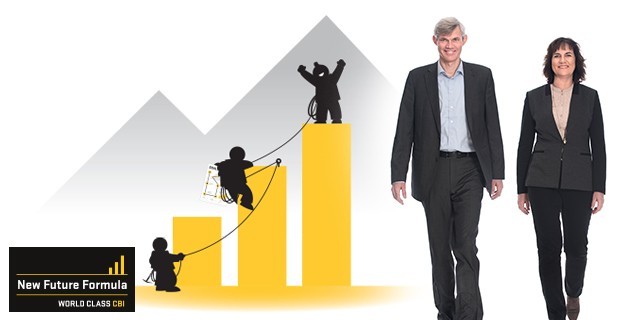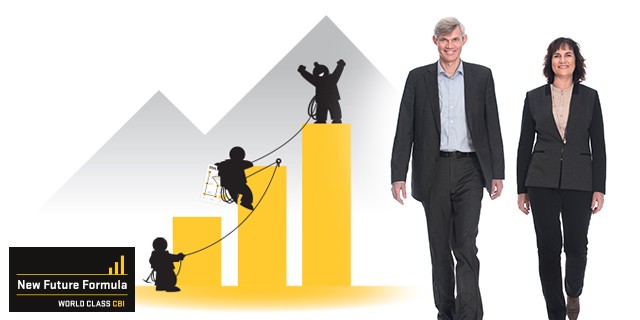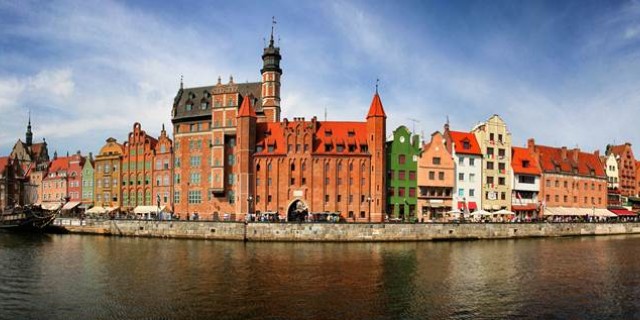D. 16/05/2017
Read this article in Danish, Polish or German
Visit to Bosch Blaichach Immenstadt – a visit to the future!
On 5 April 2017 New Future Formula paid a visit to Bosch Blaichach Immenstadt who hosted an EFQM event.
At this facility, ‘Industrie 4.0’ is already yesterday’s news with individual IP addresses for all machines. This is also the source of alterations that will forever change our understanding of a car. We experienced one of the most diligently operated and most culture-conscious industrial enterprises in Europe, an enterprise where human beings are the focal point and where concepts such as innovation and excellence are vibrant every day. We experienced a genuine Industrie 4.0 enterprise where all staff members must be highly qualified superusers of state-of-the-art technologies while at the same time being able to communicate and collaborate at a very high level due to the close the interaction between robots and humans.
This is a brief account of an unforgettable visit to the future.
Bosch counts a staggering 390,000 employees spread across an infinite number of locations. One of these is Bosch Blaichach Immenstadt in the beautiful Allgäu region in Bavaria, Germany. Arriving to the area by car, you encounter beautiful nature and grand traditions leading you to pleasant thoughts of a relaxing holiday. But behind a hill you discover the region's largest business enterprise. Here, at the foot of the Alps 3,400 employees spend their working days which makes Bosch the largest employer in this region. The company develops and produces, among others, electronic braking systems (ABS and ESP®), in addition to a range of complex components and automotive control and monitoring systems – such as motor management sensors and video sensors. Besides this, the facility also develops production lines for 11 other similar factories in the Bosch Group. Bosch Blaichach Immenstadt is a lead plant within the Bosch Group.
During the past four years, Bosch Blaichach Immenstadt has been the winner of no less than 15 prizes and awards – this includes being appointed the best place to work in Allgäu, in Bavaria and in Germany. All this is not just to have fun. The outcome is world class results. Over the past few years, Bosch Blaichach Immenstadt’s continuous improvement initiatives have resulted in annual productivity increases markedly above 12% – results that most likely would make most of us short of breath and extremely proud. At the same time, the passionate organization has managed to be the global frontrunners of two new realities that most of us will probably not cast a surprised gaze at until five or ten years from now: Revolutionizing vehicles that are self-driven, electric and interconnected and revolutionizing production facilities where machinery, data, improvements and people play together at an international scale.

(Source: Bosch Blaichach Immenstadt)
How do you manage a journey this complex and as successfully as Bosch Blaichach Immenstadt? From the very first steps, management assumed a humane perspective. They were faced with two challenges; for one thing, all employees were to be trained to operate and develop machinery and processes within the scope of the most recent technologies – and across borders and cultures in international teams. For another, they were looking at a staff who averaged 45 years in age and who were not native in computer technologies in a globalised world. They decided that leadership, not management, should be given the main focus; training of managers and employees, both in terms of general skills and specialist competencies and all this about having the licence to think outside the box.
Bosch Immenstadt seems to be completely lacking paper and binders. Everybody is walking around with tablets or a computer tucked under their arms. All employees are superusers of the most recent technologies. And how do you achieve this? Every single day, Bosch Blaichach Immenstadt offers training within the framework of the Bosch Academy. In parallel with this, all employees have joined a health programme to ensure a global feeling of being healthy and bodily fit and thereby capable of personal development – also at a mature age. Bosch fills staff areas, such as changing rooms and canteens, with the newest technological gadgets. They create ‘fearless zones’ where the people can familiarize themselves with the most recent technologies and enjoy the benefits without fear of failure. As an example, you walk around the canteen with your tray finding food and beverages for yourself. Installed sensors automatically register the choices made; no queuing up, no payment here and now – fast and easy.
Bosch Blaichach Immenstadt has avoided the pitfall of the ‘valley of tears’ for their employees, which often happens to organizations introducing new technology; at some point employees break down from fear and lack of insight. At the shop floor, we see people, slightly grey at the top, sitting in groups on the many benches here and there between the production lines. Each with a computer in his lap, they operate some of the most sophisticated production lines in Europe with a smile on their faces and loads of energy. These employees are not just superusers of state-of-the-art technology. They master English at a level that allows them to interact with international teams and present their individual specialist areas to groups of visitors in both German and English. They can work together, think outside the box and manage innovation, improvement and deployment. In short: they are highly trained workers of a kind we have not witnessed before. Industrie 4.0 requires massive investments in the work force, not just technologies.

(Source: Bosch Blaichach Immenstadt)
We saw various sections of the factory, R&D environments and office landscapes characterized by order and precision. This might not be all that unusual for Germany; however, there was an added layer to this – a sense af calmness, elegance and consistency that we have not encountered before. The simple, and yet highly ambitious, strategy was defined using only three headings; Future, Innovation and Excellence – each with natural subheadings.
It was an impressive source of inspiration over a long day to meet the managers and specialists in the forefront who together with the employees strive to make Bosch Blaichach Immenstadt even better every day from a short- and a long-term perspective. We visited the department where they develop secret product technologies. We meet the award winning manager of strategy deployment who has a plan and a way of communicating that was widely accepted by the staff. We spoke with a HR manager who offered a serious business supporting training programme for +45-year employees, lots of educational fun for the many and resonance groups and serious development programmes for the leaders. We saw an environmental manager nurturing a truly holistic image of the overall environmental impact of critical products – and with the dreams, plans and results that make you believe that man can crack the environmental impact nut within the next three decades.
We also encountered ‘Industrie 4.0’ – alive and kicking. We saw robots and long lines of automated processes. Each machine and process with individual IP addresses, continuously collecting data on operation, performance and faults. The roles on the shop floor have changed forever.
Across the globe, machinery and processes are being monitored and optimised in close interaction with human beings. Data can be acquired, cut and analysed using pareto techniques and cause-effect analyses through so-called cockpits and tableaus, and decisions are made to take initiatives and what to do. Once a problem has been solved and a process optimized at a location, this is immediately shared globally with other machines and processes of a similar type. This may sound complicated but in reality it just makes the work involved in ensuring continuous improvement even more effective. We have never witnessed the PDCA circle evolve so fast anywhere before. Of course a prerequisite for this is that people are in on it because people are what makes the wheel of improvement turn.

(Source: Bosch Blaichach Immenstadt)
And perhaps this was the most surprising element of this visit: The encouraging importance given to human beings and human motivation and competencies. The managers and specialists that we encountered in the R&D departments, working with production system development, continuous improvement as well as quality and environmental impact, emphasized over and over again the importance of human beings, learning processes and team work. This is a natural and necessary integral component of the work involved in continuing the realization of the three main strategies.
Bosch Blaichach Immenstadt demonstrates that ‘Industrie 4.0’ does not have to be a ‘harsh, arrogant revolution’ but can actually be a ‘friendly, intelligent evolution’ when centred around people.

(Source: Bosch Blaichach Immenstadt)
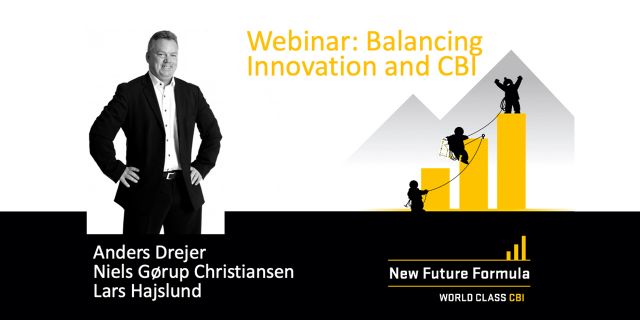

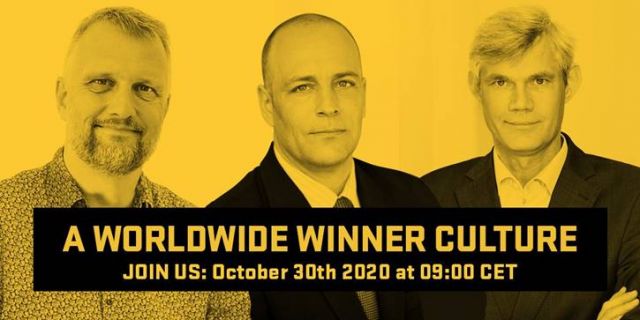
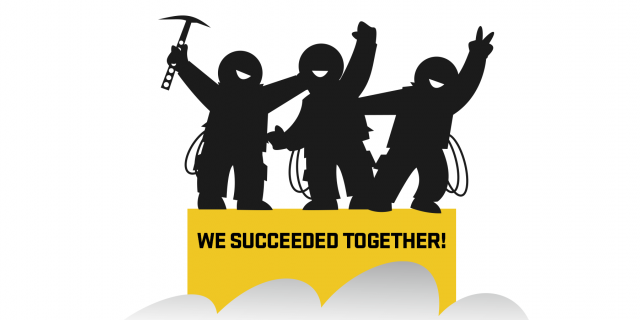
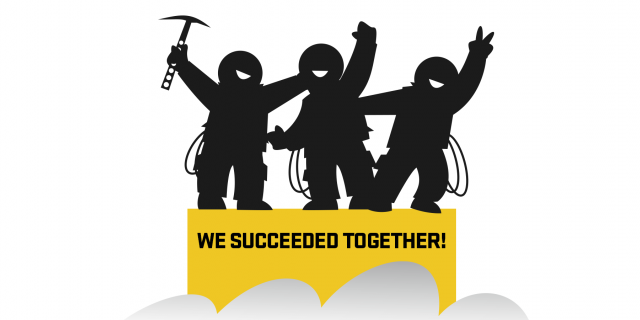

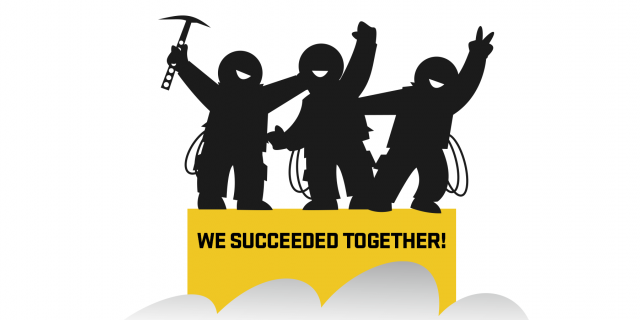
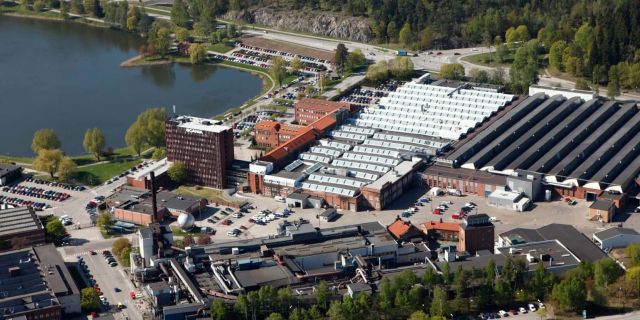
 3 October, morning: Visit to Scania. From the left: Kees Luttik, Jacek Lach, Tadeusz Gurzynski, Dagmara Gutowska, Lukasz Kriesel, Marek Laski,Wojciech Baszkowski, Piotr Jankie, Krzysztof Iwanski, Grzegorz Grabowski, Justyna Kowalska-Teclaw, Marcin Stawarz, Krystian Frankowski, Mariusz Filarski.
3 October, morning: Visit to Scania. From the left: Kees Luttik, Jacek Lach, Tadeusz Gurzynski, Dagmara Gutowska, Lukasz Kriesel, Marek Laski,Wojciech Baszkowski, Piotr Jankie, Krzysztof Iwanski, Grzegorz Grabowski, Justyna Kowalska-Teclaw, Marcin Stawarz, Krystian Frankowski, Mariusz Filarski. 
 3 October, evening. Evaluation. DOVISTA Polska reflects on insights and transform the insights into plans and actions.
3 October, evening. Evaluation. DOVISTA Polska reflects on insights and transform the insights into plans and actions. 











